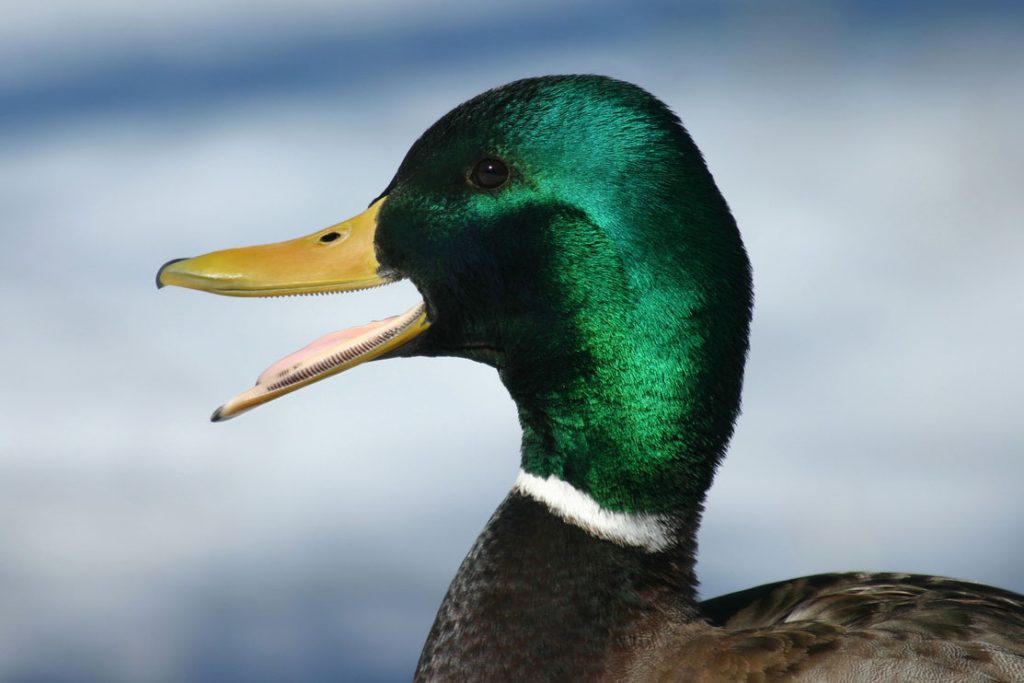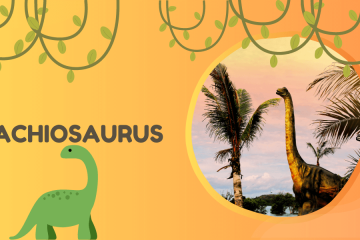Like other birds, ducks do not have teeth. They nibble on semi-solid food substances and filter nutrient particles out of the water through the use of their teeth-like bristles, usually referred to as the Lamellae (Singular form lamella). The lamellae form a comb-like line of a serrated notch on their bills. Through the help of this small line of bristles that look like very tiny teeth, they distill food from excess water, separate inedible particles, and nibble on semi-liquid food substances.
Ducks are aquatic birds found in both seawater and freshwater. Ducks are smaller than similar species like the swans and geese and are consistently mistaken for other small aquatic birds like Merganser, loons, grebes, and coots. Ducks don’t have teeth in the same form, way, or structure as other animals like tigers, cats, wolves, cows, or pigs. These animals have teeth to dissipate food substances and chew them thoroughly.
However, Ducks have several adaptations and specialized bill patterns that help them process their food, eat, and digest more easily. Bills are the flat end of a duck’s mouth, and it allows them to pick up food items and break up particles into smaller easy to eat sizes. Unlike beaks, bills are short and flat. However, these two terms can be used interchangeably.

Why don’t ducks have teeth?
Ducks and other birds don’t have teeth, but ancient birds did have them. How birds lost their teeth over the years is explained by the evolutionary theory. Fossil evidence of bird species from the Jurassic period many million years ago shows that these bird species have well-developed teeth.
However, by the Cretaceous period, which succeeded the Jurassic period, there were no toothed birds. What happened in between these periods was explained by the evolutionary modifications that occurred, which reduced the height and weight of bird’s skeletons. This modification also shrank bones and even fused some. The changes were more pronounced in the skulls, and it led to the absence of teeth as jaws became smaller and more fragile.
Apart from the presence of the lamellae, ducks have thick and muscular gizzards that churn and break up food particles that escape being filtered out by the lamella. This is possible due to the rough nature of the inner wall of the gizzard, its muscles, and the secretion of gastric and other digestive acids.
How do ducks eat?
Ducks do not repeatedly chew as they eat. When they move their bills, it is just to separate and reposition their food particles to ensure easy passage through their throats. This motion also breaks up softer food particles, but it can’t be referred to as actual chewing. Ducks are omnivorous, which means that they consume plants and animals. They eat foods like fish, grass, worms, algae, seeds, nuts, peas, and grains. The content of a duck’s diet can vary across different species and seasons. They can be insectivores (eating hard-shelled prey) or snail eaters. The brush-like prognosis may help enhance the coefficient of the frictional force between the upper and lower mandibles of their bill, thereby improving the bird’s ability to hold hard prey.
Some duck species have shorter and narrow bills, and as such, they eat more fish and seeds. Some other species have flatter bills and with that, filtering out food from water is easier, so they eat more algae and aquatic insects. During summer and spring, when there are lots of insects, ducks feed on these insects. However, their diet changes in other seasons when insects are rarely available, focusing on readily available food.

Can ducks bite?
Ducks don’t have teeth, but they can bite and afflict considerable pain doing so. Duck bites range from a minor pinch to a sharp grab, and any of them could result in significant bruising or even bleeding. Ducks bite for various reasons, which may include fear of an unfamiliar person or animal, curiosity, or protection of their partner or territory, as in the case of a drake –the male duck.
A duck bites by nibbling on its victim’s flesh with its bill and lamella or just pokes its bill at the flesh like it would to break up a nut or crack seed. Female ducks are called hens, and they bite to protect their eggs or themselves from predators. Ducks also bite to show affection to their breeder or anyone at all that they find non-threatening.
Which birds have teeth?
No modern birds have teeth. The closest thing any modern bird has to the teeth is the ridge around their beaks. An example is the Tomia (Singular Tomium) of a Greylag goose which is almost like the lamellae of a duck. The duck and some other birds like the goose and swan also have spiky and rough tongues that, alongside the comb-like ridges does the job of gnawing on their food particles to grant the safe passage down the throat. They also have gizzards that churn and grind food particles like the duck.
However, the Greylag goose has longer, bigger, and sharper ridges around the edges of its beak. This is different from the lamellae, and it may be confused with teeth because of the similarity in shape and structure. These tooth-like serrations called the Tomia help the Greylag goose to neatly clip shoots and grasses that make a significant part of their meals, like an actual set of teeth. This dental formation and its teeth-like functions also perform the functions of lamellae and are often used to bite into the flesh of Its victims.
Do all bird species have lamellae or Tomia?
Roughly 30 species of the bird family have tomia or lamellae at the edge of their beak, lined with tight brunches of comb-like brittles along the entire length of the beak. Some other species of birds have flat beaks with relatively smooth edges. What these species lack in tomia, they make up for it in the flatness of their beaks and roughness of their tongues.
In summary, ducks, like every other bird species, do not have teeth. They can digest semi-solid food particles by using their bills and lamellae to gnaw on them. For indigestible food substances that can escape this process, the gizzard present in their stomach completes the job through the help of gastric juice and coarse tissue.

Lydia King is a huge animal lover and has always been fascinated with learning about the animal kingdom. She enjoys writing about anything animal related from scientific information about rare species to animal references in pop culture.












